Invest in new build real estate projects
New builds are buildings that have been constructed recently and that have mostly not yet been occupied by inhabitants. Furthermore, projects that have not yet been completed and that can be built to the requirements of the owner are also designated as new builds. Newly built properties are interesting as capital investments because, in comparison to older properties, the building structure has not been subject to any wear and tear. Furthermore, a new build can generally be inhabited immediately. Under these circumstances, there are clear benefits that arise for the purchaser.
New build property can offer many decisive advantages
When purchasing a new build property, you can assume in normal cases that the building structure will be in perfect condition and that there will be no need for modernisation or repair work in the near future. Therefore, the costs of a new build property are significantly easier to calculate than for a building with high maintenance requirements. A further advantage for newly constructed building shells is the energy aspect. New houses are constructed using modern materials and taking account of energy efficiency. The directives of the Energy Saving Ordinance dictate which standards must be adhered to when a new building is built. As a result, the properties consume less energy for heating and save on operating costs, which also benefits the environment. Additionally, the living environment in new buildings is often better, as there are no cold draughts blowing through the single-glazed windows and the walls do not cool down quickly. Additionally, new properties gain points from their contemporary architecture which takes account of the modern way of living and modern decorative styles. Whereas in older buildings, the kitchen is in a separate room, in new build properties the kitchen is often integrated into the living area and hence is able to fulfill the demands of modern life.
A newly built property is also of interest for private investors who would like to purchase a property and then subsequently let it. Newly built apartments achieve a higher rent in comparison to older properties at the same location, because the standard of living is better and, as a result, the demand for such properties is greater. Furthermore, there will be no additional expenses necessary after the purchase price has been paid to make the property inhabitable. As newly built properties are mostly not yet inhabited, the property owner is able to select their tenants themselves. This is completely different in the case of existing buildings, where the tenant can only be given notice under certain conditions and additionally, has a right of first refusal for the property. If the new building has not yet been constructed, then you as the owner will have a great deal of influence and will be able to determine the floor plan along with other aspects yourself. As a result, there is also the opportunity to use the property yourself in the longer run. Furthermore, you will be able to monitor the construction work and, as a result, can guarantee that any building defects are avoided or are repaired immediately.
Pay less tax on newly built properties
As is also the case with older buildings, there arise advantageous opportunities with newly built properties to set off expenses against tax liabilities and to have to pay less tax on the profits. As a commercial real estate owner who is letting their properties, you pay taxes only on the surpluses. Consequently, the rental incomes will be reduced by the deductible costs when the tax assessment takes place. Among the costs that are relevant for taxation purposes are the credit interest costs and the costs for the administration of the property, among others. Particularly during the lengthy repayment period for the credit, it could certainly happen that the expenses are greater than the income and that the owner can use their newly built property as a tax saving plan. A further component of the tax characteristics of new buildings are the write-offs than can be carried out that take account of the wear and tear of the property over the course of time. The write-off can take place for up to 50 years at an annual rate of two percent. Therefore, the value of the property is reduced mathematically even though the building could, of course, in reality have shown an increase in value. The write-offs are however only for newly built properties that are let out. The purchasing costs and costs of production will be used for the property in the calculation, however the expenses for the land will not be taken into account. Take advice from your tax advisor when preparing your tax return as the tax law is very comprehensive and sometimes offers a number of options.

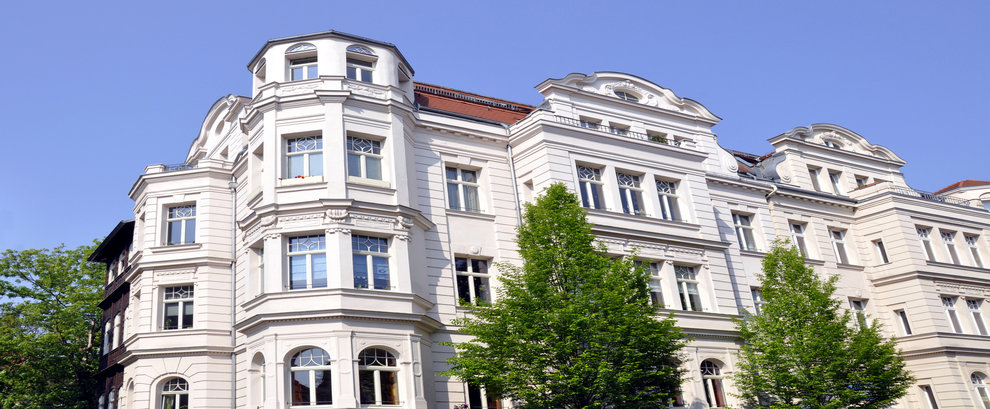
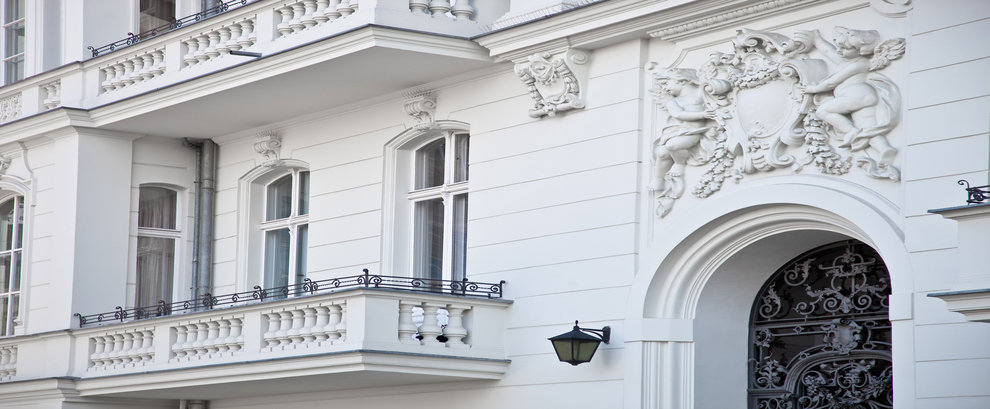
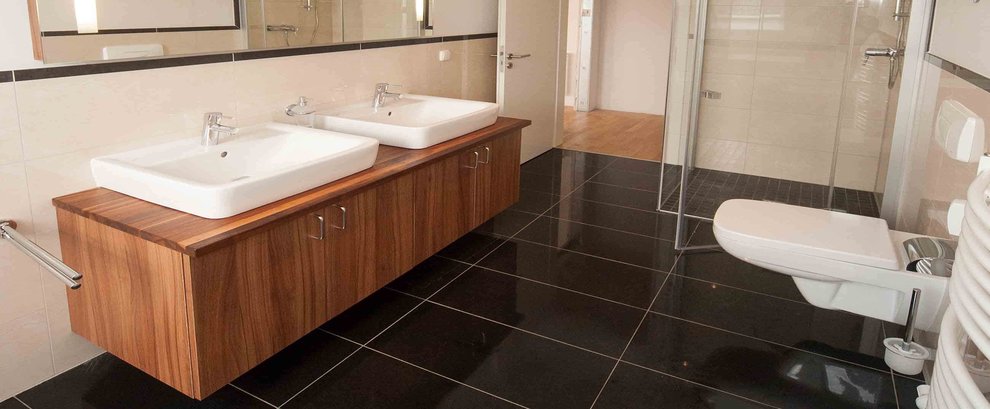

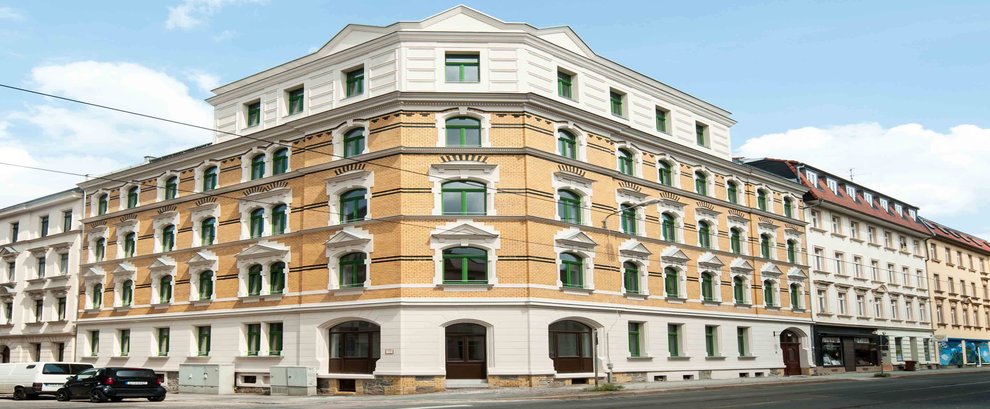
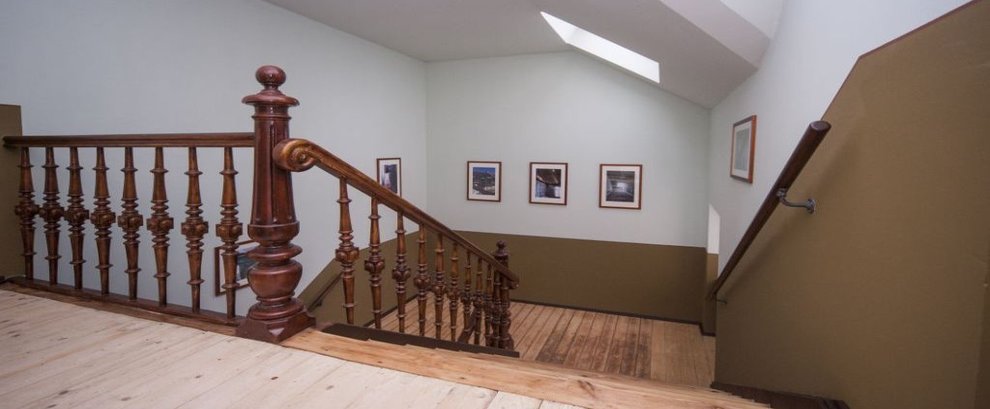
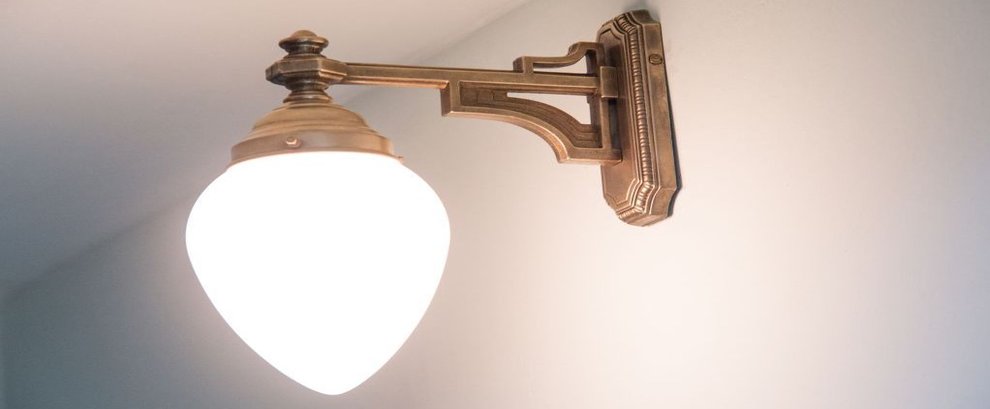
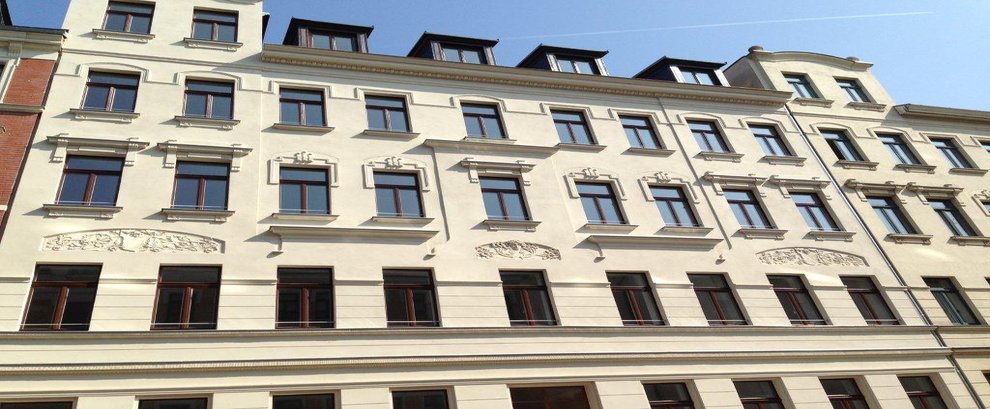
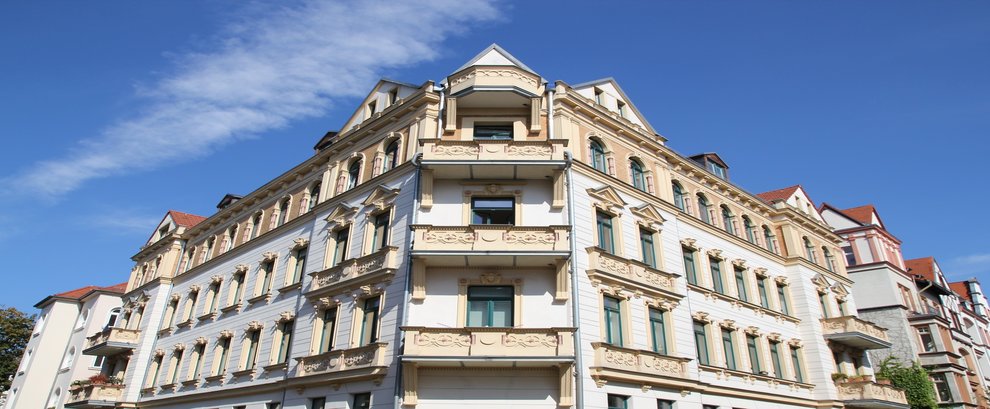

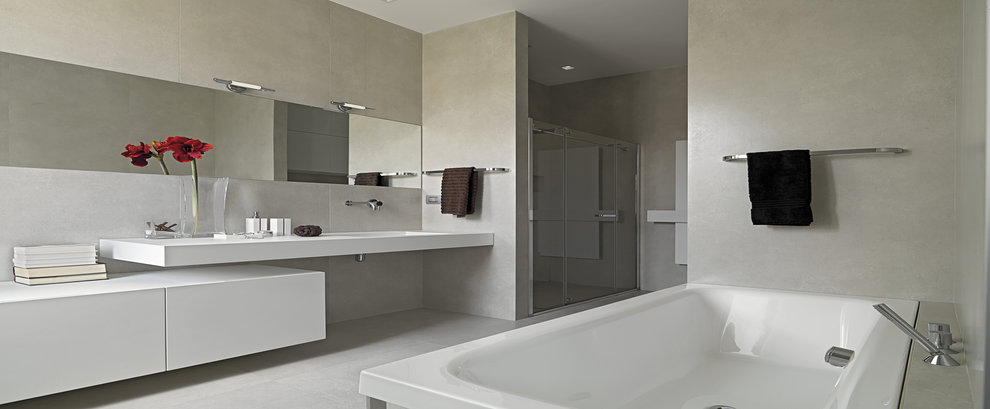
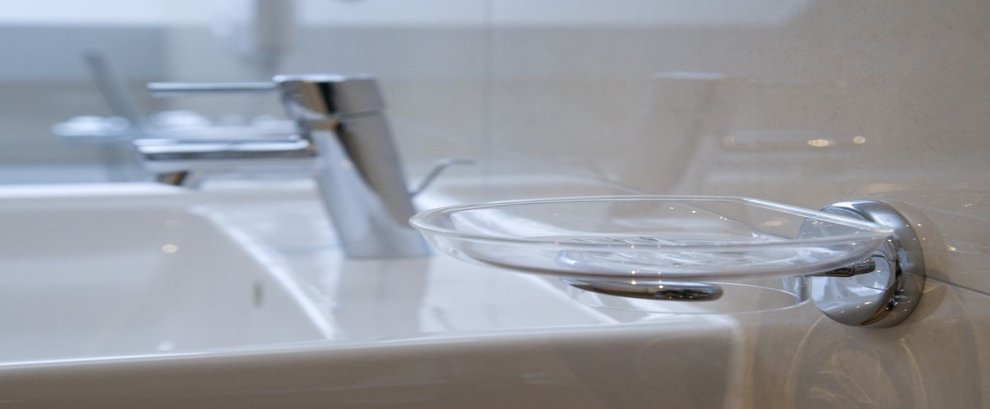
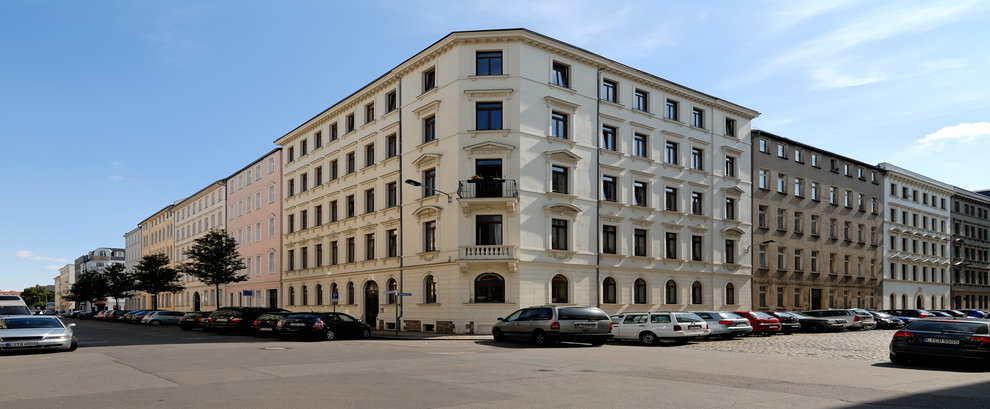
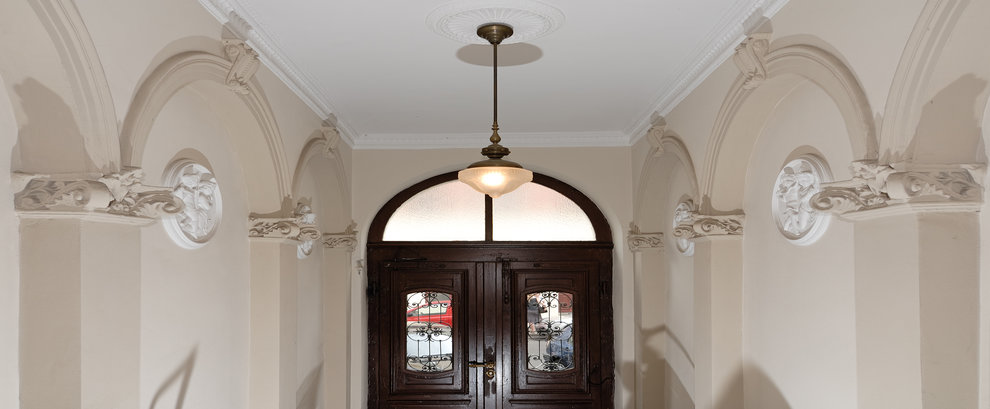
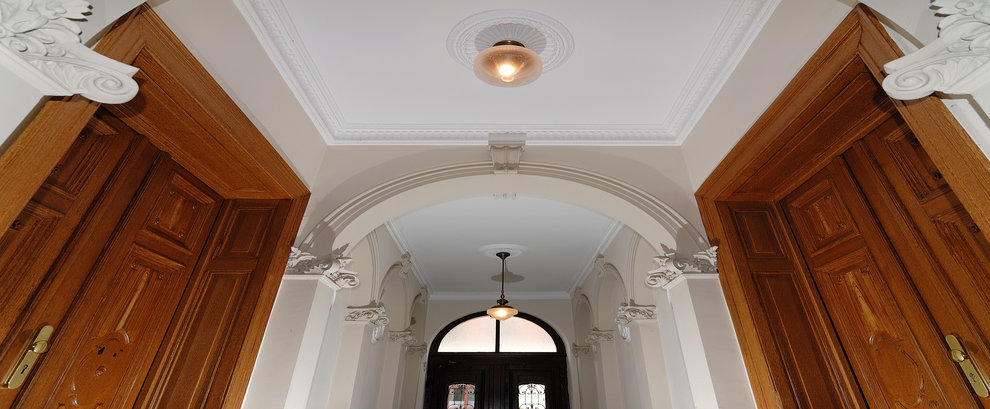
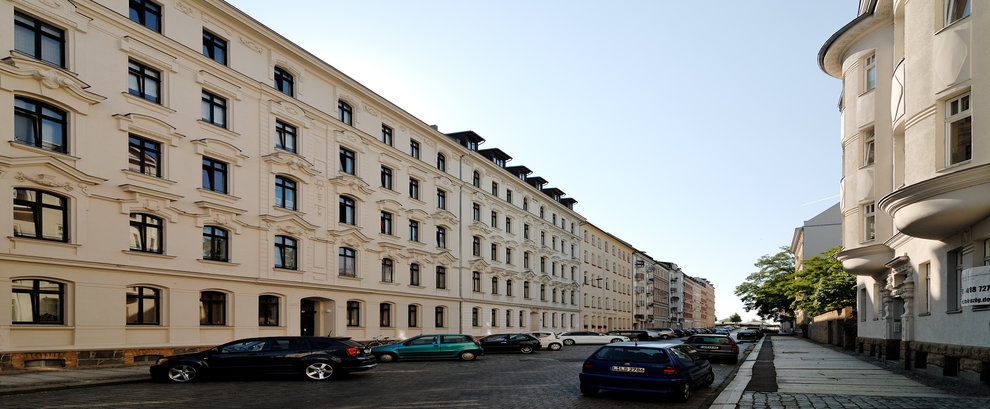

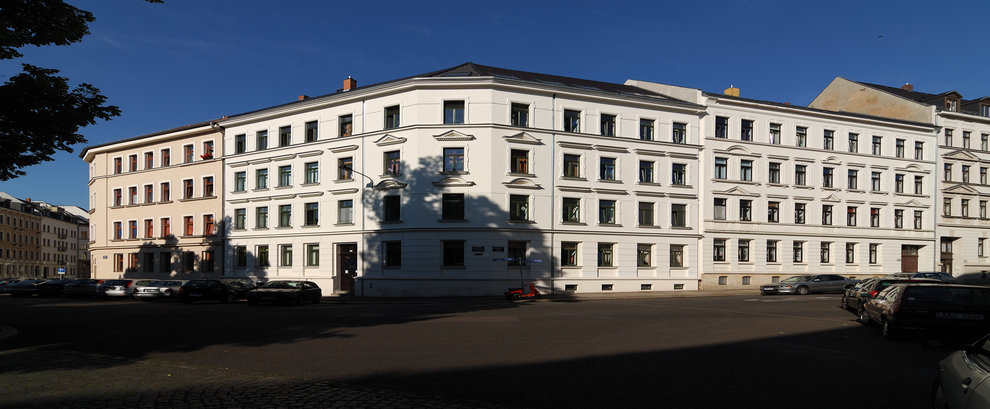
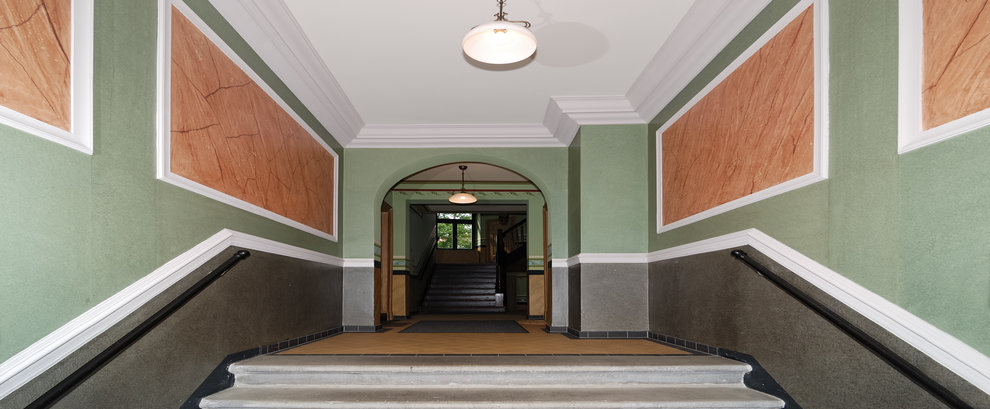
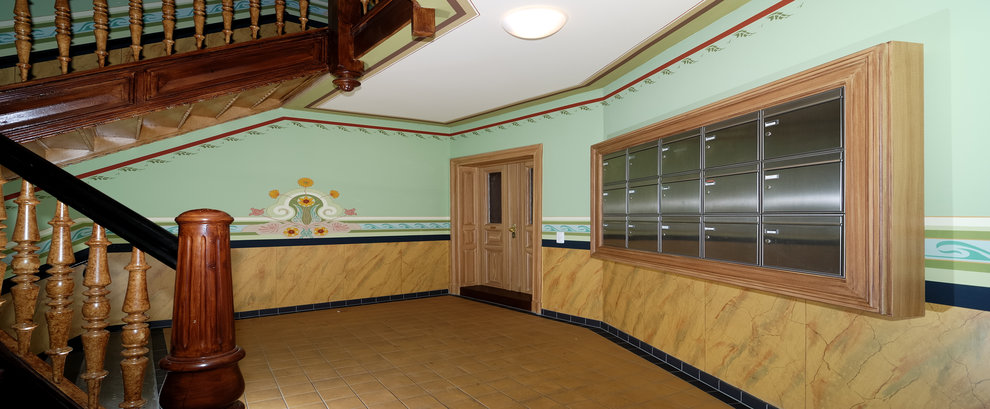
Leave a reply